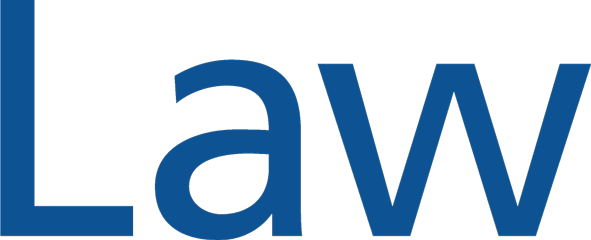Publications
- Publications
- Limited Shareholder Inspection Rights in Singapore: Worrying Legal Gap or Unnecessary for Rankings?
Limited Shareholder Inspection Rights in Singapore: Worrying Legal Gap or Unnecessary for Rankings?
Year of Publication: 2023
Month of Publication: 5
Author(s): Dan W. Puchniak and Samantha S. Tang
Research Area(s): Corporate Law
Book Title: Research Handbook on Shareholder Inspection Rights: A Comparative Perspective
Publisher: Edward Elgar Publishing
Abstract: Singapore’s formal corporate law and governance rules normally meet or exceed global standards - which explains why it regularly tops prominent Asian and global rankings for good corporate governance. As such, Singapore’s outlier status, as the only leading economy in Asia that does not provide a specific mechanism for shareholders to access corporate information, is puzzling. In this Chapter we aim to solve this puzzle by offering two explanations that appear to make sense out of Singapore’s outlier status as having an unusually restrictive shareholder inspection rights regime. The first, demand-side, explanation is that Singapore’s controlling shareholder-dominated landscape generates little demand for greater shareholder information rights. The second, supply-side, explanation rests on two elements. First, as the government is indirectly the largest controlling shareholder in Singapore, it may not have an incentive to expand inspection rights to allow shareholders greater access to the information of its government-controlled companies. Second, and most importantly, shareholder information rights have yet to become established as a significant indicium of “good corporate governance” by globally influential actors. As such, for now, the Singapore government has not needed to supply the formal law to send a signal of good corporate governance by meeting a prominent global standard for inspection rights, because such a standard does not yet exist. Thus, viewed through the lens of our supply-side and demand-side explanations, in the context of Singapore’s unique and successful corporate governance model, its restrictive shareholder inspection rights regime makes sense.

